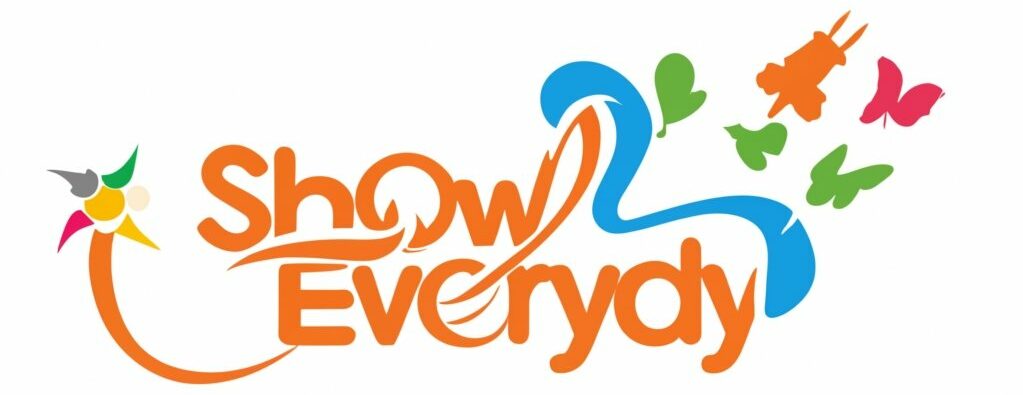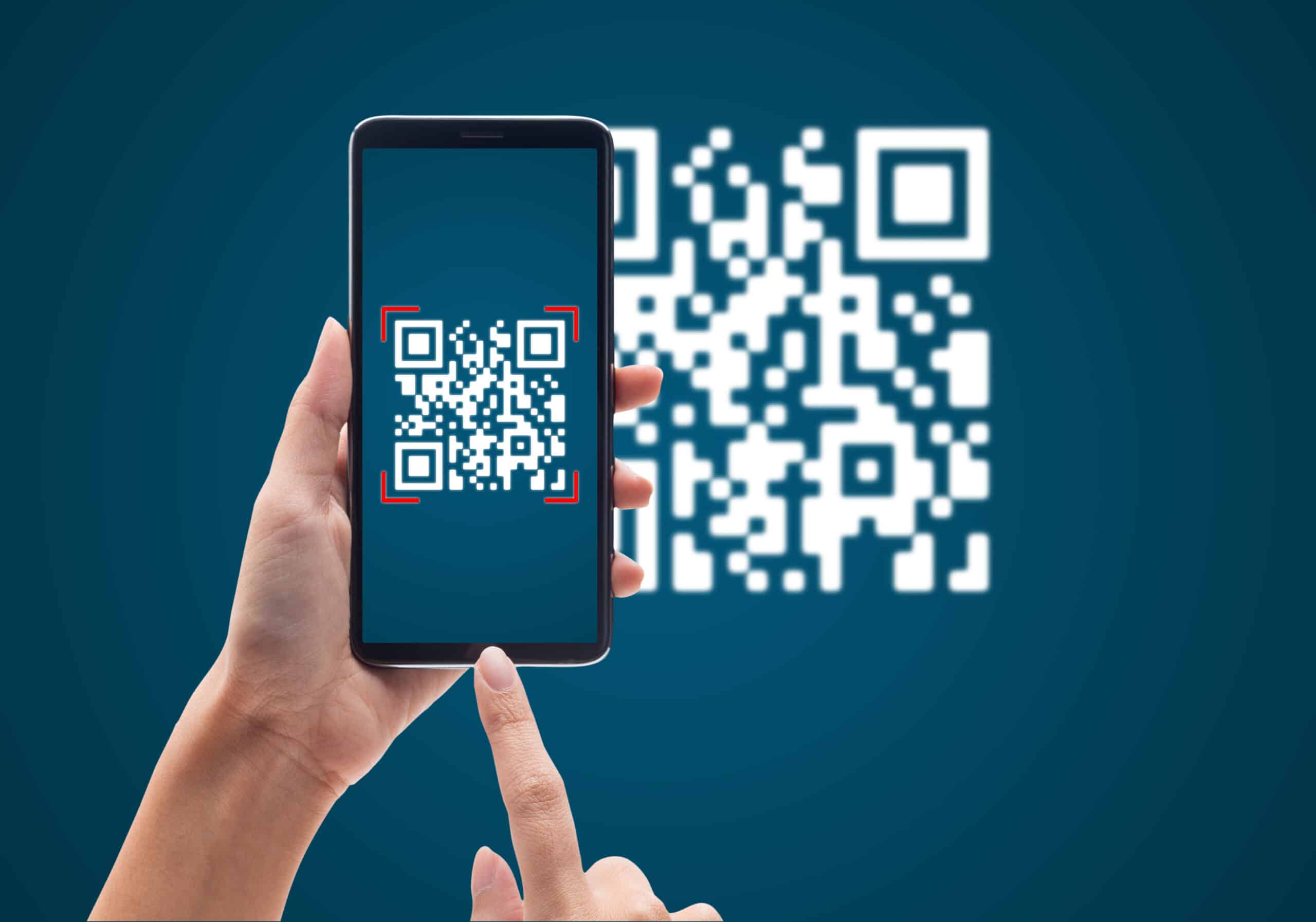In an era dominated by digital advancements, the need for efficient and convenient methods of sharing information is more pronounced than ever. One such technology that has risen to the occasion is the Quick Response (QR) code. Originally developed in Japan in the 1990s for tracking parts in the automotive industry, QR codes have evolved into versatile tools, simplifying information sharing across various sectors.
Understanding QR Codes
A QR code is a two-dimensional barcode that stores information in a matrix of black squares arranged on a white background. What makes QR codes particularly powerful is their ability to store a significant amount of data, including text, URLs, contact information, and more. These codes can be scanned and read quickly by a smartphone or dedicated QR code reader, making them accessible to a broad audience.
Simplifying Business Transactions
QR codes have revolutionized the way businesses operate, especially in the realm of transactions. Mobile payment systems, like Apple Pay, Google Pay, and various banking apps, utilize QR codes to facilitate seamless financial transactions. Instead of manually inputting information, users can simply scan a QR code to make a payment, reducing the risk of errors and streamlining the process.
Contactless Menus and Information Sharing
The hospitality industry has embraced QR codes as a solution for contactless menu browsing. Instead of traditional printed menus, restaurants and cafes can display a QR code on each table. Customers can then scan the code with their smartphones to access the menu, minimizing physical contact and enhancing safety, especially in times of public health concerns.
Beyond menus, QR codes have found utility in museums, exhibitions, and tourist attractions. Placing QR codes next to exhibits allows visitors to access additional information, audio guides, or interactive content, enhancing their overall experience.
Efficient Event Management
Event organizers are leveraging QR codes to simplify registration and access control. Attendees can receive electronic tickets containing QR codes, which are scanned upon entry. This not only speeds up the check-in process but also provides organizers with real-time attendance data. Additionally, QR codes can be used for session check-ins, making event management more streamlined and efficient.
Personal and Professional Networking
Traditional business cards are gradually being replaced by digital alternatives. QR codes on business cards can store contact information, making it easy for professionals to exchange details during networking events. Scanning a QR code eliminates the need for manual input and ensures accurate data transfer, facilitating smoother and more effective networking.
Creating QR Codes: Accessibility for All
Creating QR codes has become increasingly user-friendly, with various online tools and smartphone apps offering simple interfaces for code generation. This accessibility empowers individuals and businesses of all sizes to incorporate QR codes into their operations without requiring advanced technical knowledge.
The Future of Information Sharing
As technology continues to advance, the role of QR codes in information sharing is likely to expand even further. With the integration of augmented reality and other innovative technologies, QR codes could evolve to provide even more immersive and interactive experiences for users.
In conclusion, QR codes have emerged as a powerful tool for simplifying information sharing in various aspects of our lives. From business transactions to event management and beyond, QR codes offer a versatile and efficient solution. As we move forward, it’s clear that these unassuming black-and-white patterns have a bright and dynamic future, continuing to shape the way we exchange information in our increasingly digital world.

